First drive: 2020 Jaguar I-Pace EV400 in England
Tesla has played a lone hand in the premium performance EV segment for the past several years, but the genre is now starting to gain critical mass, with virtually every mainstream prestige manufacturer pouring massive investments into developing and marketing battery-powered offerings.
Over the past year, Jaguar, Audi and Mercedes have joined the fray with the I-Pace, e-tron quattro and EQC respectively (for now, only in overseas markets), and these are just the first salvos in an onslaught that will sprout a whole family of EVs within the product portfolios of each of these brands. Porsche is hot on their heels too, as the Taycan is on the verge of being launched internationally.
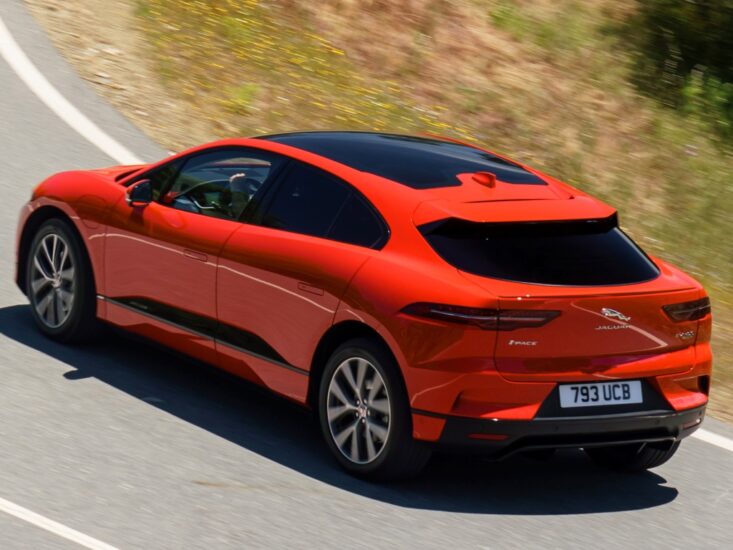
Jaguar’s I-Pace is still up to a year away from being offered in our market – it’s awaiting local homologation approval – but we recently had the opportunity to sample the offbeat looking “SUV” across a selection of typically narrow, hedge-lined country roads in Coventry, UK.
Unlike the e-tron and EQC, both of which share platforms with existing combustion-powered models, the I-Pace was conceived from the outset as an EV. Starting from a clean sheet of paper enabled the Jag labcoats to package the I-Pace optimally, taking into account the fact there’s no need to accommodate a bulky engine up front – hence the ultra-long 2990mm wheelbase within an overall length of just 4,662mm. The bonnet is stubby in the extreme – it’s much the same as a mid-engined car – and the Jag’s front and rear overhangs are almost non-existent.
The ‘skateboard’ platform houses the 90 kWh battery pack under the passenger call, and this contributes to a perfect 50:50 weight distribution over front and rear axles and a centre of gravity that’s 130mm lower than the F-Pace. In addition, the battery pack strengthens the chassis structure, and this means the I-Pace is the most torsionally rigid car Jaguar has in its line-up. All of this bodes well for its cornering dynamics.
The I-Pace is no lightweight at 2,133 kg, but that’s the inevitable penalty when you have a large battery pack to tote around. Propulsion comes from a pair electric motors – one each for front and rear axles – delivering combined outputs of 400 hp and 696 Nm, enabling a 0-100 kph sprint of 4.8 seconds and v-max of 200 kph.
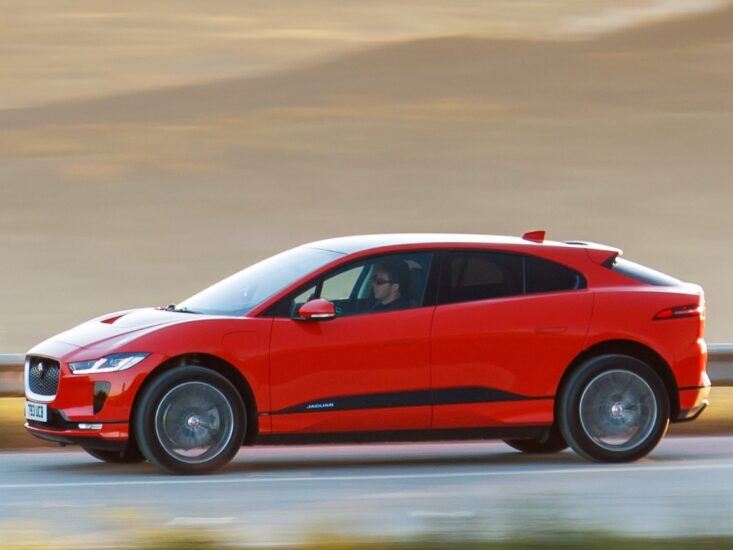
As with all electric vehicles, the first thing to get your head around is the lack of any engine noise or driveline vibration when you hit the start button. The only indication that you’re set to go is provided by the dash display coming to life. There is no transmission lever or flappy paddles to operate, just push buttons on the centre console to select “D”, “R” or “P”, depending on whether you want to go forward, back or park the car.
There is a “Creep” mode whereby the car does exactly that when you select “D”, but we didn’t activate it during our drive, so the vehicle stands motionless until you depress the throttle. Once you do that, the I-Pace slinks away in almost complete silence. Nevertheless, after a brief period of familiarisation, you forget you’re in an electric car – especially as speeds climb and wind rustle and road noise in any case cancel out most of the engine din you’d get in a conventional car. The Jag’s ease of operation is undoubtedly a good thing, as dramatic change is something that frightens many consumers away.
Start exploring the I-Pace’s performance envelope and you begin to glean there is a vast reservoir of instant acceleration just waiting to be tapped – that’s the benefit of having 696 Nm of torque just an ankle twitch away. This means you can slingshot past dawdling drivers in a virtual blink or sit at an effortless, and near-silent, 140 kph cruise.
But a heavy throttle leg drains the battery rapidly, so you need to be judicious if you want to extract a respectable touring range from the car. Jaguar quotes a range of up to 480km with a fully charged battery, but it’s more realistic to expect a max of 350 km if you drive normally. Behave like a hooligan (as we did at times) and you can halve that latter figure.

As for charge times, the company says the I-Pace can be charged to 80 per cent capacity in just 40 minutes if you have access to a 100 kW fast charger. Or you can achieve the same result in 10 hours via a 7kW AC wall box (but you need to live in a villa to have one of these). So, the daily procedure in this case would be to plug in the charger when you get home from work, and you’ll be good to go again the following morning. As with most electric vehicles, the I-Pace has charge points pre-programmed into its navigation system and the range calculation is said to take weather, traffic and any significant hills into account.
The I-Pace also self-charges via regenerative braking (whereby kinetic energy is converted into battery charge) and there are two modes – “High” and “Low” – for this. We selected the former, and in this setting there’s almost no need to touch the brake pedal in normal driving as the vehicle instantly decelerates (at a rate of up to 0.4G) the instant you lift off the throttle. If you drive with a little common sense and anticipation, you can maximise the benefit of this, and it also makes for a more effortless journey as you can virtually resort to single-pedal driving.

Despite its 2.2-tonne girth, the I-Pace is an agile device – aided by its 50:50 weight distribution and low centre of gravity – so you can punt it across twisty roads at a clip that would keep a Porsche Macan honest. That said, the Jag delivers a more synthesised experience than the German crossover and part of the reason for this lies in the numb steering, which, although accurate, conveys very little feedback to your fingertips about what the front wheels are doing.
The I-Pace’s cabin is a pleasant place to be – provided you’re in the front seats – as the layout is attractive, with top-notch trim materials (apart from a few hard-plastic elements) swathed across the seats and elegantly sculpted multilayer dashboard. There’s a simplicity and lightness to the design theme, most notably the floating centre console – although the latter is stronger on form than function. The rear seats serve up ample kneeroom, but the low front pews make it impossible to slide your feet under them, so there isn’t as much sprawling space in the back as one would have liked.
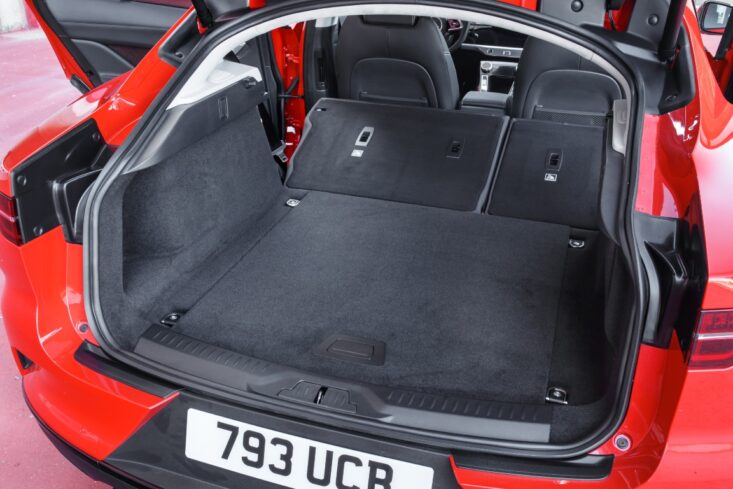
There’s ample luggage space though, with 656 litres on offer with four or five occupants on board, swelling to 1,453 litres with the rear seats folded flat. There’s also a receptacle for tablet and laptop stowage under the rear seats and a 27-litre ‘froot’ (front boot) under the bonnet.
Verdict? The I-Pace is a highly convincing first stab by Jaguar at the EV segment and, provided you have access to adequate charging facilities, it stacks up as a realistic alternative to a combustion-powered SUV (assuming you believe Jaguar’s marketing calling it an SUV). It may not be as rapid as a Tesla Model X P100D with ‘Ludicrous’ mode, but the Jag is a much more polished offering with vastly superior build quality.
Photos by Jaguar.
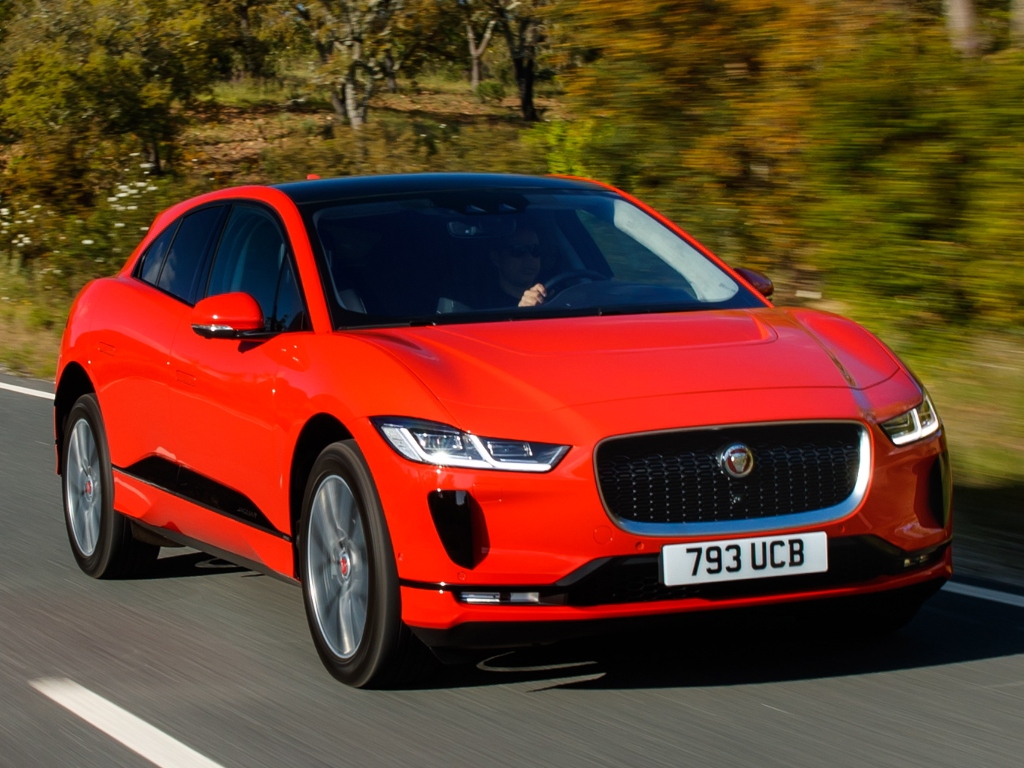
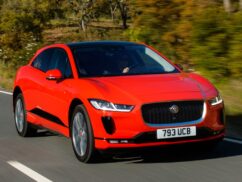




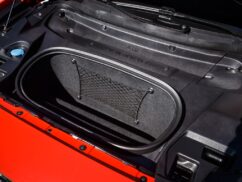
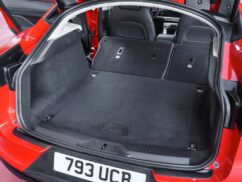


Comments
Saeid
Very very nice jaguar?❤
HAASAN
best car to be drive.